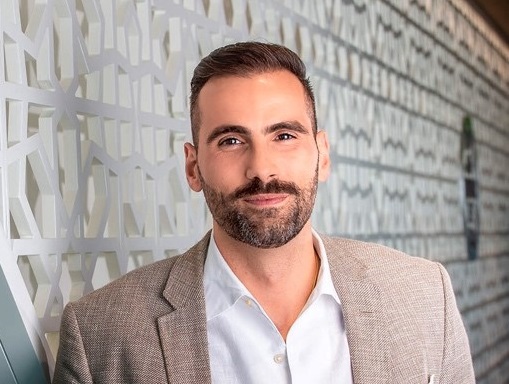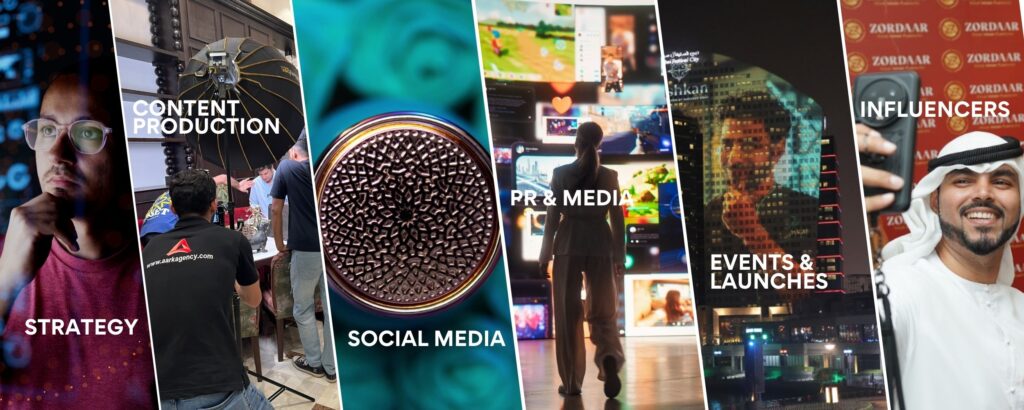What kind of communications strategies has Bayer utilized to help drive constructive engagement and public trust in the healthcare industry?
Trust is an intangible asset and plays a critical role in Bayer’s business success. Our brand is amongst the most powerful and trusted worldwide. Our communications strategy builds upon three key priorities: Listen – Engage – Activate. Through our overarching mission "We Engage For Trust," we strive to foster reputation and ultimately deliver greater value for our business and to society.
As reputation is created by the perception of millions of individual stakeholders, effective and targeted engagement is essential. The field of communications is evolving from a “few-to-many” to a “many-to-many” discipline, pushing us as communicators to ensure that we listen to and analyze the needs of many audience groups and subtypes.
When I initially started my regional role in Dubai, I spent a significant amount of time assessing how important key audience segments perceive Bayer as a corporate citizen. Analyzing research data such as Bayer’s global brand tracking survey has helped in identifying reputational imperatives alongside the level of corporate and product-based brand awareness. As a result, we developed an all-encompassing communications strategy that would first address the all-important question – why? The famous writer and TED speaker Simon Sinek describes this approach in a model he calls the “Golden Circle of Communication,” which is nicely summarized by the statement “People don’t buy what you do, they buy why you do it.”
In the case of Bayer Middle East, the question of why needed to be formulated as follows – Why is adapting certain structures crucial to the vitality of the organization, and why, in some respects, is a completely new approach needed? What is the rationale behind the company’s focus on life science? How does Bayer intend to create a better tomorrow by advancing health and nutrition as part of its vision Health for All, Hunger for None? These imperatives continue to guide our strategy.
How important is it to create target audience-focused content strategies in order to drive these conversations?
Persona profiling and identifying how we can meet their needs is the first step to our content strategy. Our teams develop and respond to an entire set of personas to map the needs of target groups as accurately as possible. The underlying goal of such persona-based communications approach is to ultimately develop channels and formats, which engage in a dialogue-driven manner and help to build trust by underlining the company’s value proposition for society. An editorial calendar with a targeted drumbeat of internal and external communication content contributes to this outlined strategy. It is of utmost importance to constantly measure these communications activities to determine whether the chosen tactics resonate with the respective target groups. For this reason, we base every campaign or initiative on clearly defined KPIs, which help us to constantly improve and expand our information services.
How has the COVID-19 pandemic affected these strategies?
The impact of COVID-19 is widespread, and it will shape business and consumer behavior for months, if not years, to come. And while the humanitarian and safety-related aspects of this outbreak are top of mind globally, it’s unquestionable that social distancing, quarantining, and staying home have had significant effects on media consumption. However, even before the pandemic, interconnected trends have been disrupting the Communications & Public Affairs landscape and challenged traditional media models. Emerging digital media, as well as dialogue-driven channels, are gaining importance in reaching specific target audiences, with traditional mass media no longer having an information monopoly.
A key driver in the success of our strategy has been anticipating this trend. We have already utilized certain tactics that accommodate this emerging digital-first approach. According to Nielsen, although the pandemic has disrupted traditional revenue streams, highly engaged audiences provide an opportunity for media firms to grow their subscriber base, and for advertisers to expand their reach. Thus, the pandemic outbreak has been accelerating the emergence of new opportunities.
The pandemic has pushed the accelerator pedal on our ongoing digital transformation, we have grown in our momentum to engage with target audiences over digital formats, utilizing webinar platforms not only to bring together teams but also for medical education and awareness activities.
How can communications and public affairs contribute to a fact-based discourse with key governments and NGOs?
With a focus on several thematic areas across its priority markets, Bayer routinely engages with a variety of stakeholders and organizations. We proactively publish corporate position papers to ensure transparency in our collaboration with public and private sector stakeholders and decision-makers.
Our work and products touch people’s lives in critical areas of unmet need within of health and nutrition. This in turn inspires a natural desire on the part of the consumer and the customer to understand our portfolio and product range better. To ensure that we are able to build a widespread understanding of our purpose and value offering, we are committed to scaling greater heights in this space in a socially responsible manner. We aim to proactively engage in dialogue to shape the societal and political environment.
As an organization with a dedicated focus on evidence-based medicine, we will continue to work even closer with scientists, journalists, and non-governmental organizations in order to make the scientific research and development processes of our products even more transparent and jointly discuss solutions to socio-politically relevant topics.






